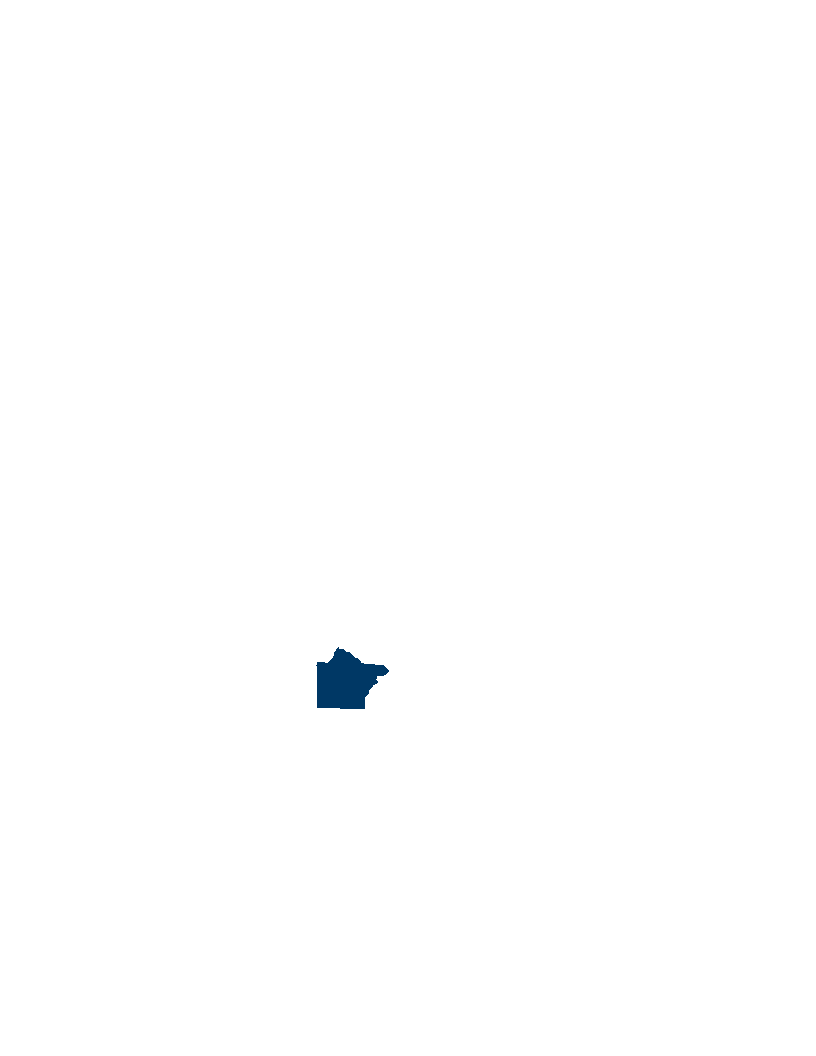Art Project
Art Project
2018 Minnesota Pottery Festival.
John White: writer, photographer, retired journalist; Georgette Jones: literature teacher, theatre actor, director, teacher; Marilee Strom: musician, former art teacher, business owner; Kathy Fransen: musician, theatre, Rhythm of the River coordinator; Janet Olney: visual artist, Willmar Area Arts Council coordinator; Joyce Meyer: photographer, retired art teacher, Canby Arts Council; Pam Blake: retired art educator, visual artist, Tyler Arts Council, Lincoln County Art Fair, Southwest Minnesota Weaver's Guild; Michele Knife Sterner: theatre actor, SMSU Associate director for Access Opportunity Success program; Lisa Hill: musician, Crow River Singers, attorney; Joyce Aakre: visual arts, writing, Discover Dassel committee, Board member for Litchfield Community Education, Exhibit committee for Dassel Area Historical Society; Emily Petersen: visual artist, art teacher; David KelseyBassett: visual artist, musician; Anne O'Keefe-Jackson: human resources director, bead and quill work; Cindy Reverts: visual artist, Rock County Fine Arts Association treasurer, Council for Arts in Humanities in Rock County; Brett Lehman: Worthington International Festival, Worthington City Band, Worthington Concert Association; Erica Volkir: performing arts, Director of Pipestone Area Chamber of Commerce and CVB; Claire Swanson: visual arts, arts teacher, Meander Art Crawl Committee.
Cheri Buzzeo: theatre, arts admin; Mary Gillespie: visual art, chamber; Dusan Milanovic, theatre; Kaia Nowatzki: visual art; Tom Wirt: visual art, arts/community boards; Brett Lehman: music, SMAC Board; Janet Olney: visual art, arts admin, SMAC Board.
Southwest Minnesota Arts Council, Nicole DeBoer (507) 537-1471
ACHF Arts Access
Our goals are: 1) Increase attendance by ten percent. 2) Increase audience awareness of pottery types and techniques. 3) Positive visitor experience. 4) Maintain or increase sales for exhibiting potters. 5) Continue to diversify and build individual and institutional funding support. 1) Measuring attendance: We will use our ôbring a friendö marketing message across all promotional platforms. Also, parking volunteers will work together to get a real audience count including counting adults and kids (under 18) separately. 2 and 3) Measuring visitor experience including awareness of pottery types and techniques: Our Survey Administrator is responsible for going around the festival to capture feedback. We created a quick worksheet to capture the responses and then every few hours the volunteer adds all the answers into the electronic survey for easy tabulation and analysis. 4) Measuring impact on exhibiting potters: Over the last three years, we gathered real sales and experience results from all participating artists. We will be able to use this data as a reference point to ensure that participating potters have increased sales year-over-year. 5) Diversify and Build Funding: In 2017, we held our first ever Preview Party to engage individual supporters, artists, sponsors, and funders in a dedicated fundraiser to further diversify and strengthen our funding sources. We plan to hold another one in 2018. We'll also strive to identify new institutional and corporate funding sources.
Measuring attendance: We handed out more than 2,100 stickers. Our 2018 audience engagement survey showed that 36% come from the Hutchinson and surrounding area (including Litchfield and Dassel), 24% came from the Twin Cities Metro Area, 7% came from Western Suburbs of the Twin Cities, 27% came from other areas of Minnesota and the remaining 6% came from out of state. Measuring visitor experience: According to our evaluation tool, the number one reason (36%) that people came to the festival was because they were invited by a friend. And the quality of the art came in second at 34%. When asked what they enjoyed most about the festival 68% says the pottery and meeting the artists, 7% said location, 17% said that they liked the interactive opportunities like the kid’s tent, the Olympics, and the demonstrations. And another 7% couldn't choose and like "everything." When it came to improvements, 56% said they had nothing they would change, the other suggestions were to provide more food options (16%) and more shade (8%). Other ideas shared included adding more interactive opportunities, paving the road, adding more potters, and having some sort of music. This was our third year collecting demographics. Key numbers of those surveyed were: 65% female compared to 70% female in 2017, 97% of were older than 18, and 96% of those surveyed were Caucasian. One note, we've noticed that our survey administrator plays a key role in who they interview. In 2018 we had intended to have two survey administrators on both days, unfortunately, due to illness we only had one survey administrator on Sunday, the shorter day. We still believe that the age and background of the administrator plays a role in demographics. In 2019, we intend to make some changes to the survey tool to encourage a larger variety of people to participate. Measuring impact on exhibiting potters: We were also able to survey the artists and find out their average sales, their personal impressions, and we were able to determine if they’d return. Of the potters in attendance in 2018, 94% say they plan to reapply in 2019 and if selected would attend (primary reasons for not returning include scheduling conflicts and distance from home), this was an increase from 91% in 2018. 87% of the artists also reported that the event met or exceeded their expectations. This year's average sales were $1,704 for a total of $53,000 in direct artist revenue, a 7% increase over 2017. The potters’ feedback is that this is one of their favorite events of the year because most traditional art shows don’t draw pottery focused audiences and tend to not foster opportunities for the potters to collaborate and share techniques. One of the feedback themes was how many new attendees there were and how they thought that the advertising was getting better each year.
Other,local or private









